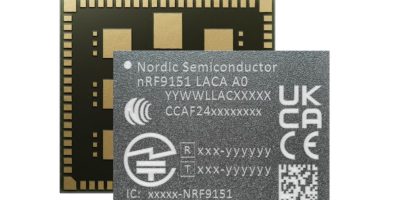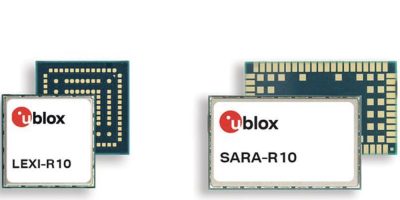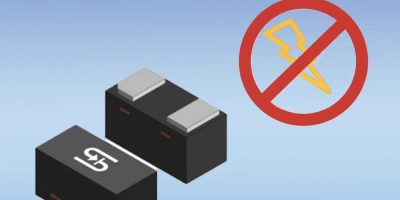As the payment world moves towards digitalisation, the need to protect digital identities and transactions has never been more important. In addition to standard contactless payment cards, biometric payment cards are a promising development in this area and are gaining in popularity. Against this backdrop, Infineon has announced SECORA Pay Bio, an all-in-one biometric payment card solution that complies with Visa and Mastercard specifications. It integrates Infineon’s enhanced SLC39B system-on-chip (SoC) Secure Element and the FPC1323 sensor by Fingerprint Cards AB (Fingerprints) into the Infineon Biometric Coil on Module (BCoM) package, leveraging the key advantages of inductive coupling technology. The solution uses the fingerprint credentials securely stored on the card as a second authentication factor, enabling a convenient and trusted contactless payment experience.
In an optimistic scenario, ABI Research expects the market for biometric cards to grow to 113.3 million units by 2028. This market trend is driven by further optimisation of the price-performance ratio, including the producibility and cost of biometric payment cards, as well as by consumer demand for more convenient and secured biometric authentication in personal payment transactions. Furthermore, biometric payment cards could offer an additional barrier against lost-and-stolen fraud and PIN phishing fraud.
SECORA Pay Bio extends Infineon’s SECORA Pay solution family. The solution integrates Fingerprints’ sensor and Infineon’s SLC39B SoC Secure Element into a single dual-interface package, the innovative Infineon Biometric Coil on Module (BCoM). The SLC39B Secure Element with an integrated power source offers large memory size and various peripherals, as well as excellent contactless performance. Based on innovative inductive coupling technology without wire connection from the BCoM module to the card antenna, manufacturing complexity can be drastically reduced, and the card robustness and long-term reliability can be significantly improved. In addition, the biometric sensor card production can now be implemented on existing dual interface card manufacturing equipment with only minor operational changes. As the SECORA Pay Bio solution complies with both Mastercard and Visa specifications, the use of BCoM technology would not require additional performance testing, enabling a flexible and rapid rollout with outstanding performance and a frictionless onboarding process.
SECORA Pay Bio supports a wide range of enrolment options, including sleeves, smartphone apps and in-field enrolment. The innovative SECORA Pay Bio enrolment sheet makes fingerprint enrolling via smartphone easier than ever before. In addition, SECORA Pay Bio is the first biometric payment solution to support in-field enrolment. This allows cardholders to use biometric payment cards without any additional effort or devices. Moreover, with these new biometric cards, the fingerprint template is trained with each payment transaction, improving the user experience even further.
Availability
The SECORA Pay Bio solution supports the latest payment applications according to EMV specifications. The pilot proven product is available with full design-in package and ready for mass-production. More information is available at https://www.infineon.com/secorapaybio







